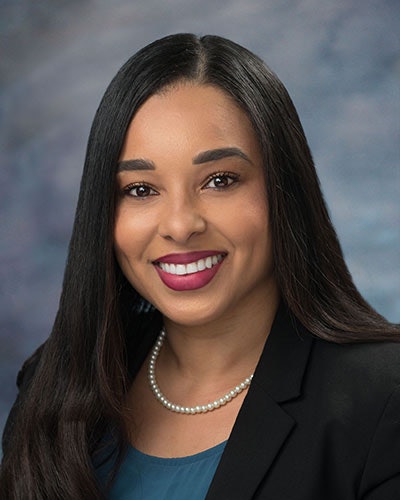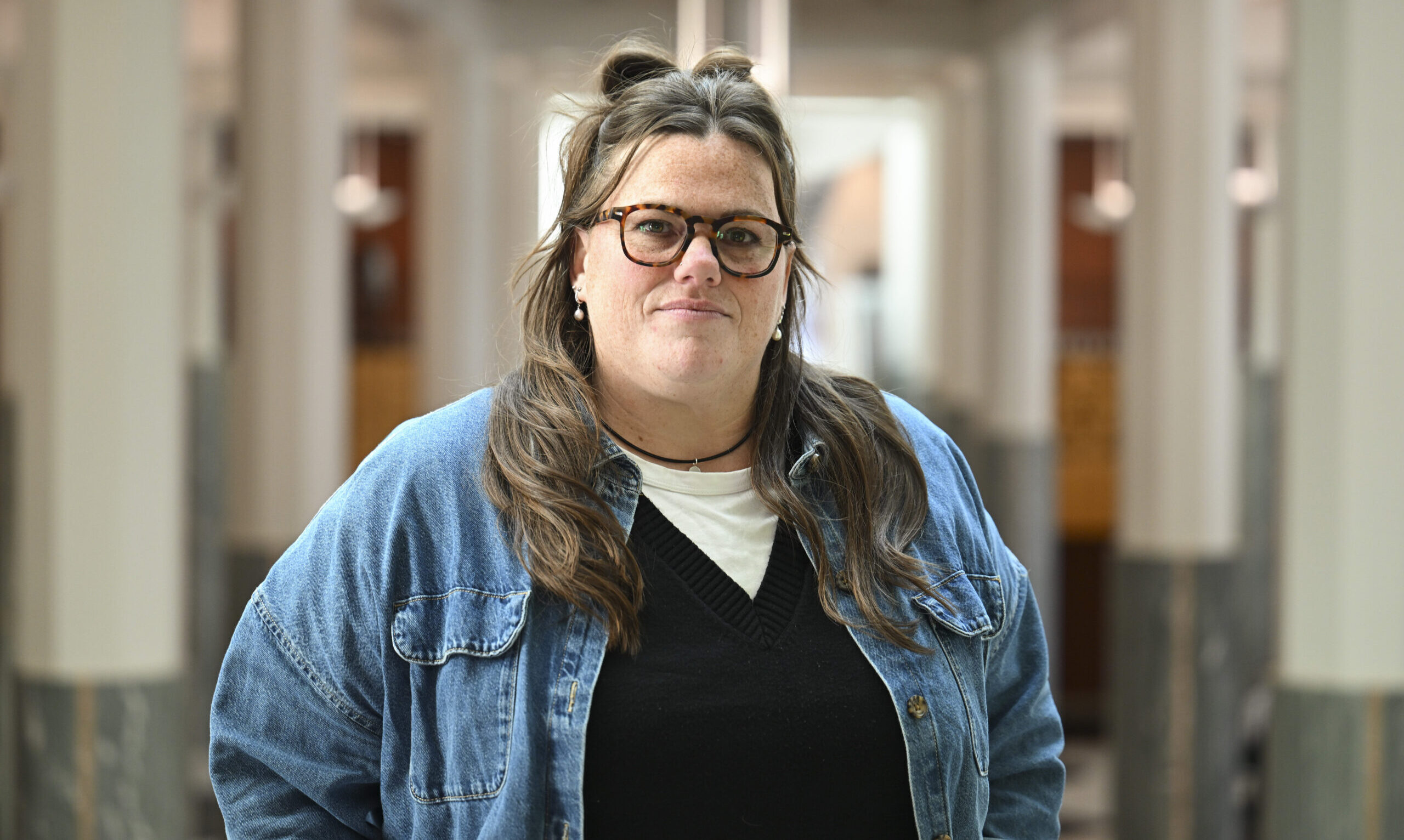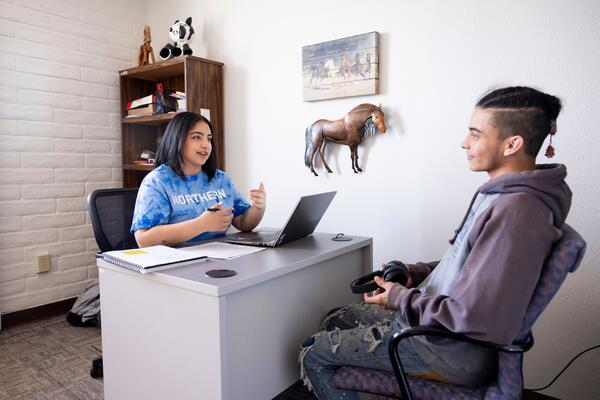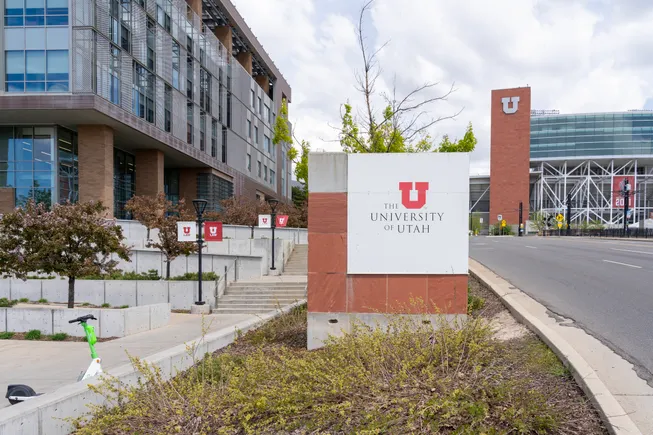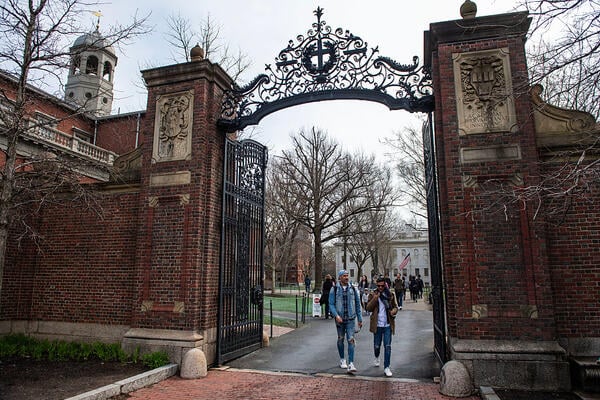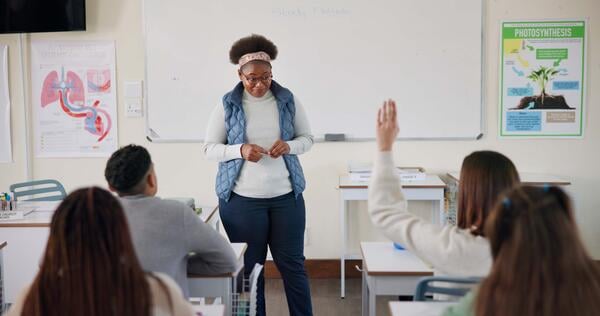I
Dr. Tina M. King
The attacks, swift and severe, are often cloaked in the familiar rhetoric of “governance, academic integrity, or collegial concern,” but the subtext is unmistakably racial. They are orchestrated not as a response to policy but as a rebuke of Black authority daring to reshape the institution’s priorities. In such attacks, we are called incompetent, corrupt, and unwilling to do the hard work (lazy), echoing tropes that have long been used to undermine Black people in general and Black women in leadership specifically. The most insidious move, however, is often the elevation of a single Black or Brown person to be the messenger or carrier of the attack, serving as a shield to deflect accusations of racism and to lend legitimacy to the movement or campaign t o disparage and discredit Black women’s leadership. Dr. Regina Stanback Stroud
Dr. Regina Stanback Stroud
This dynamic is not new. Dr. Patricia Hill Collins (2000), in her foundational work on Black Feminist Thought, describes how Black women in leadership are subjected to controlling images— stereotypes that are deployed to police the boundaries of acceptable Blackness. In the academy, these images manifest as relentless questioning of competence, insinuations of aggression, and the expectation that Black women will perform emotional labor to maintain white comfort. The token messenger, perhaps unwittingly, becomes complicit in this system, their proximity to whiteness granting her temporary power even as it reinforces the very structures that marginalize leaders of color—in other words, they become complicit in using the academic tools of white supremacy to join in the assault on Black women’s leadership.
What begins to emerge is a spectator sport where people at all levels of influence remain silent in the face of orchestrated attacks. Please make no mistake: silence does not represent neutrality; it represents complicity. By refusing to address the racialized nature of the attacks, the institution is signaling that Black women leaders are ultimately expendable, their contributions contingent upon their willingness to placate white interests and prioritize white comfort. This is the reality of what Breonna Collins (2022) calls “epistemic violence” –the systematic invalidation of Black knowledge and leadership under the guise of procedural fairness.
Yet Black women leaders have always found ways to resist and reimagine the academy. Drawing on the tradition of Black feminist resistance, we create counterspaces within hostile institutions, mentoring the next generation and insisting on the legitimacy of their vision. We redefine “institutional fit” not as assimilation into white norms but as the capacity to transform the institution in service of justice.
Despite these acts of resistance and reimagination, the very presence and leadership of Black women in academic spaces often disrupts entrenched power structures and exposes the discomfort many have with authentic Black excellence. A threat to many, Black excellence in leadership prioritizes the needs of marginalized students and communities over the preservation of the status quo.
While some may wish to uphold privilege and power for themselves, others may be well-intentioned but unable to recognize Black excellence. They may interpret Black leadership as arrogance or see Black Leaders simply as flaunting their positions or being opinionated. Still others may believe they are doing good but fail to recognize their own deep biases. Those who consider themselves allies may suffer fatigue along with Black leaders, but that mutual suffering does not, an ally make. It must be accompanied by one’s willingness to use their white privilege and capital to actively combat anti-Blackness and misogynoir at play.
Studies of HBCU leadership reveal how Black women executives subvert PWI pathologies through radical self-definition, where we reject white-normed leadership frameworks to implement culturally grounded approaches and ethical care (prioritizing community needs over respectability politics). We create counter-spaces that center Black epistemologies, such as mentorship programs that affirm Black women’s intellectual sovereignty. Black women leaders engage in institutional truth-telling where we document systemic racelighting through critical race methodology.
True transformation requires more than performative allyship. It demands redistribution of resources, independent accountability structures, and a commitment to centering Black epistemologies in institutional decision-making. There is a growing recognition that Black leadership is not incidental— it is essential to the future of higher education. The time has come for institutions to choose: will they cling to the master’s tools, or will they finally make room for the radical imagination and power of Black women’s leadership?
Until higher education is willing to confront its foundational anti-Blackness, it will continue to sacrifice its most visionary leaders on the altar of white comfort. The question is not whether another attack will come but who will have the courage to stand in solidarity and say, “Enough.” The future of academia depends on this shift. Ultimately, we must move beyond the white gaze and demand for our pain, and instead, embrace the Black radical imagination and the remaking of power in the academy.
Dr. Tina M. King is president of San Diego College of Continuing Education
Dr. Regina Stanback Stroud is the chief executive officer of RSSC Consulting
Dr. Jennifer Taylor Mendoza serves as the 13th president of West Valley College.

